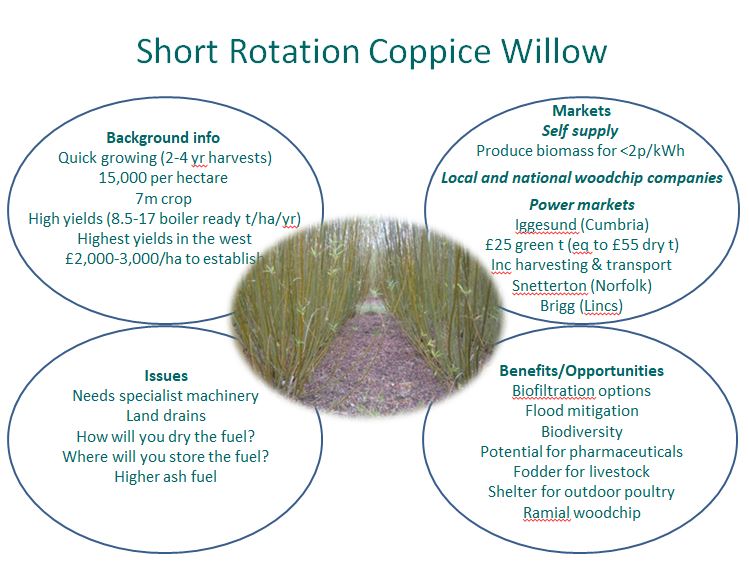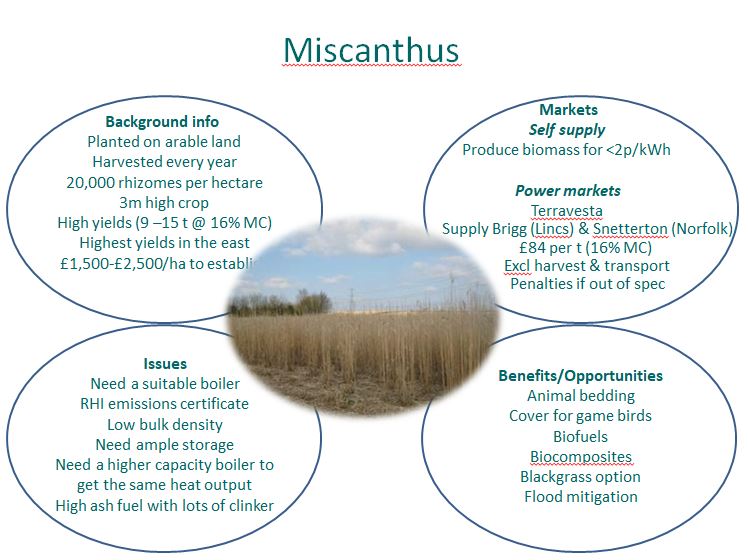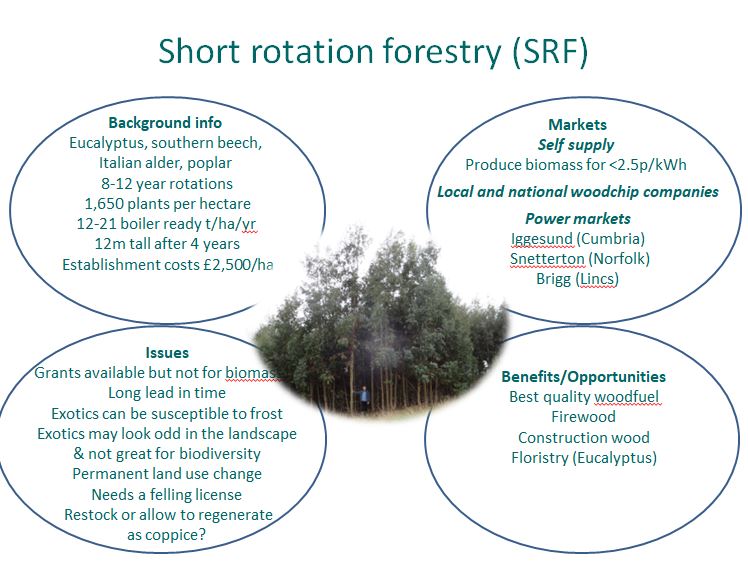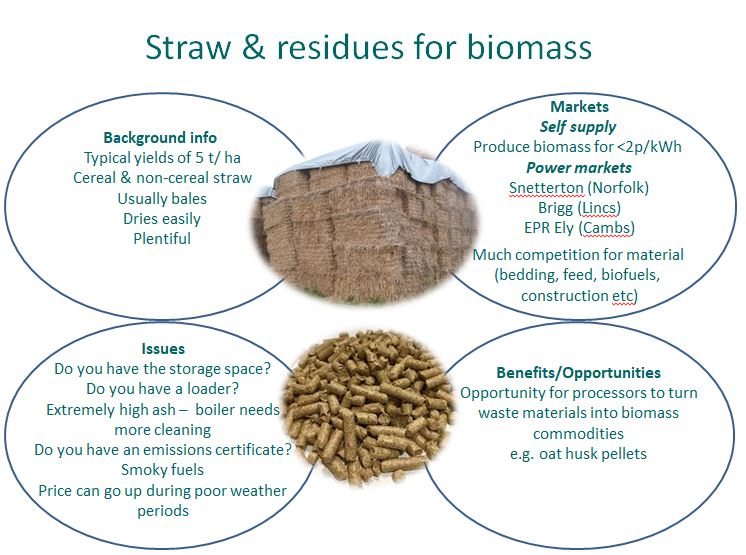My Cereals 2020 presentation – now available online
If you missed my presentation this morning it’s still possible to see it by registering online on the Cereals website. Just click the New Specialist Crops Markets Join Webinar button and submit your name and email address. I’m on 17 minutes into the session and also in the Q&A from 31 minutes.
7 minutes isn’t a long time to get a lot of information across. The slides are below for you to see with some notes on bits I didn’t get to say.
I didn’t really mention the potential for gaining benefit from willow as a source of pharmaceuticals. It is likely that manay chemicals e.g. Salicins could be extracted from willow with benefits for human and animal health. I am involved in a project called BioWill looking at this in more depth. This will at some point surely add value to the crop. Similarly, ramial woodchip is an organic method of gaining pest and disease resistance by benefitting from willow’s Systemic Acquired Response (SAR) it has sue to the naturally high level of salicins. Growers have recently trialled this in apple orchards to combat apple scab fungus.
Also, just to reiterate if you produce lots of dirty water e.g. from washing vegetables or dairy washing then SRC could be a money saving game changer. Using the discharge on your crop could save you a bucket load of cash, increase yields and provide a crop too – a triple win.
I didn’ get chance to mention that burning willow and miscanthus for bioenergy is a very crude way of gaining benefit from these versatile crops. The nirvana will be the biorefinery approach where all the best bits are extracted first for premium markets (e.g. pharmaceuticals, hemicellulose for bioethanol, cellulose for fibre board or biocomposites etc) and what’s left to be burnt for bioenergy. This means that farmers could acquire more income and we as a society would gain the maximum benefits from our finite area of land.
I just want to labour the point that the Eucalyptus genus has a myriad of different species and like willow, many thrive in challenging habitats e.g. Mountains. Frost is an issue if you choose the wrong tree for the wrong site but there are plenty of species that will thrive in Scotland, the uplands or in exposure and even near coastal areas with salt spray.
I was conscious of time so this slide was rather brushed over. Many of the issues with straw are the same as miscanthus but as I mentioned if you do have a straw boiler it might be worthwhile planting some miscanthus as this will allow you to always be self sufficient and sell your cereal straw into more lucrative markets in years like 2020 when the winter floods will cause less plentiful supplies.
The other thing is that there is an awful lot of residues out there that could find themselves into biomass supply chains. Any cereal processing will lead to residues e.g. oat husks that could potentially be pelleted and used in boilers or power stations. This is not without issues (quality, cost, certification, emissions) but none of these are unsurmountable.
Finally, as I mention in the Q&A session going into energy crops is a 20 year decision. There are very few 20 year decisions in your life – e.g. mortgage, marriage, having kids. It’s a decision that you don’t want to get wrong, so take your time, seek good advice, ruminate a bit and then make the right decision for you, your family, your lifestyle, your land and your facilities.



